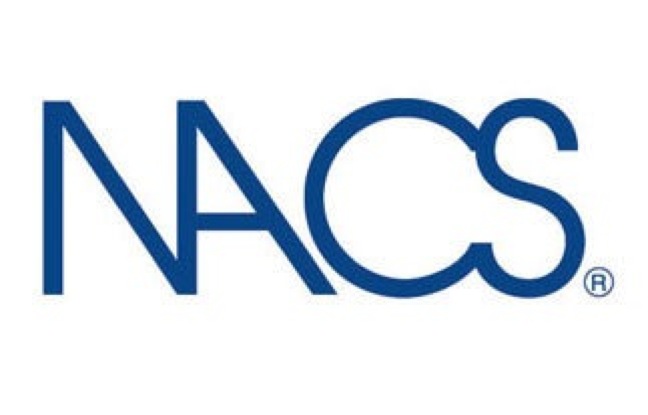The House Energy and Commerce Health Subcommittee has voted to pass the Common Sense Nutrition Disclosure Act of 2015, and the measure now moves to the full House Energy and Commerce Committee. The legislation would make menu labeling compliance possible for convenience store owners and result in consumers obtaining more nutrition information and a greater amount of choices.
During opening statements, Energy and Commerce Committee Chairman Fred Upton said that House Resolution 2017 would make federal menu labeling requirements workable, so that businesses with different business models can comply and provide consumers with nutrition information in the most meaningful manner.
“We commend the subcommittee and its leadership for recognizing that convenience stores need some flexibility in addressing and complying with menu labeling regulations and this legislation codifies a less burdensome approach,” said Lyle Beckwith, SVP of government relations for NACS. “It will also allow for FDA to meet the objectives of the menu labeling law without unnecessarily burdening retailers and confusing customers.”
Reacting to the proposed bill, Leslie Sarasin, FMI president and CEO, said, “I appreciate the leadership of Congresswoman Cathy McMorris Rodgers (R-Washington), Committee Chairman Fred Upton (R-Michigan), Subcommittee Chairman Joe Pitts (R-Pennsylvania), Congressman Tony Cardenas (D-California) and others working together to take this critical first step in moving forward legislation that builds a degree of flexibility into FDA’s application to grocery stores and other settings of regulations developed and designed for chain restaurant-style menu labeling. The irony of the law and the 395-page chain restaurant menu labeling regulation is that, in the supermarket context, the issue isn’t about menu labeling. To the contrary, for grocery settings, what we’re really talking about are the challenges associated with applying these menu nutrition labeling rules to items that don’t even appear on a menu or menu board.”
Specifically, the subcommittee’s amended legislation would maintain, but modify, FDA’s menu labeling regulations by:
• Clarifying that the menu labeling law is intended for “standard menu items,” defined as those items prepared with uniformity and routinely included on a menu or menu board at 20 or more locations; not food items that are sold at one or two stores;
• Allowing for supermarkets to use a menu or menu board in a prepared foods area or next to a salad bar rather than individually labeling each item;
• Allowing an establishment to take corrective actions within 90 days prior to federal, state or municipal enforcement and protecting against frivolous class-action suits; and
• Providing flexibility within “reasonable basis” standards, in-store certifications, remote-ordering, multi-serving and variable items.


